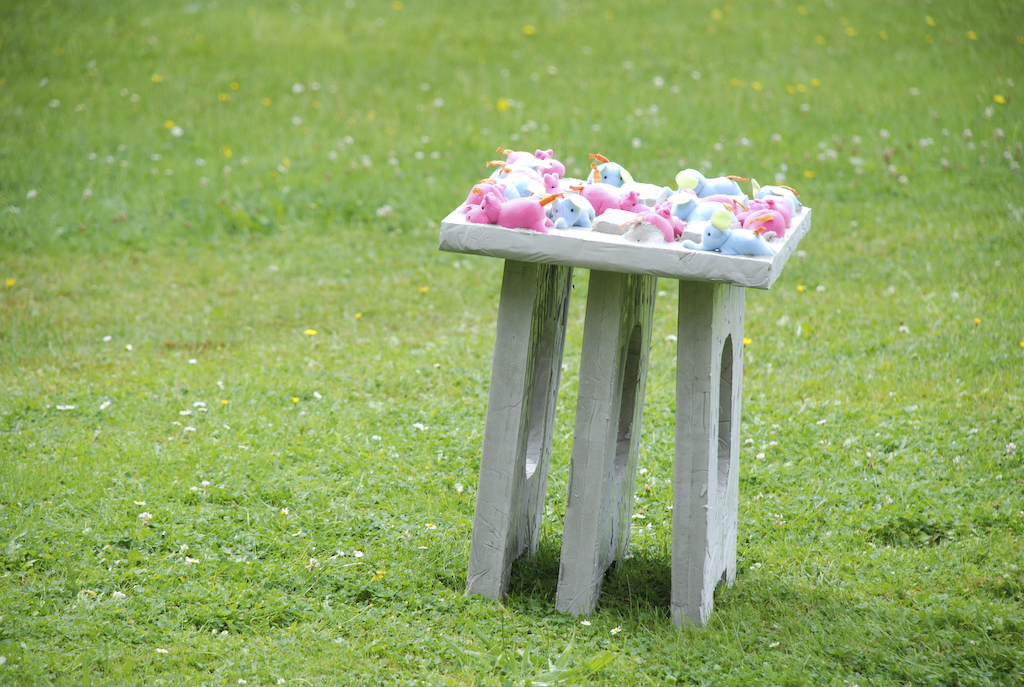



Benedikt Krienen
Daniel Patterson
Ege Özgirin
Karmen de Maaré
Radim Louda
"Group 5 had set as goal to bring concrete to a much wider and new market. 'Do-it-yourself' instead of prefabricated or professionally produced concrete products. Bring a complex manufacturing system into a package that is simple to use and offers to any consumer the possibility to built his or her own robust and sustainable products.
Labeling their idea as IKEA's new product line 'KÖNKRËT', gave them the lead to project their vision in a feasible and convincing context. Not only dit they tap into IKEA's concept of assambling the products yourself, seeminligy reducing the production of concrete elements to a mere assembly of prearranged materials, they enthusiastically embraced many of IKEA's characteristics as provider of low-cost, high volume household items.
Concrete should be available to many consumers. Preferably without interference of professional technicians and manufacturers. The end users should be able to directly manage the supposed formal freedom of concrete. Concrete should overcome its character as rough, grey and heavy used mainly as construction material, it should be introduced in the daily lives of people in objects they can manipulate and interact with directly.
The IKEA formula also introduces the reuse of the packaging material as production element. The carton boxes become the formwork. In this they even surpass their inspiring model in terms of enviromental aspects. All in all, KÖNKRËT is more than a stool, it represents a transfer of concrete from the professional realm to that of the consumer. It opens a market, up till now invisible or unreachable for the industry. It brings concrete tot the interiror on a level far exceeding the table-book examples of star architects."*
*concrete design book on implicit performance
 |
 |
|
 |
 |
|